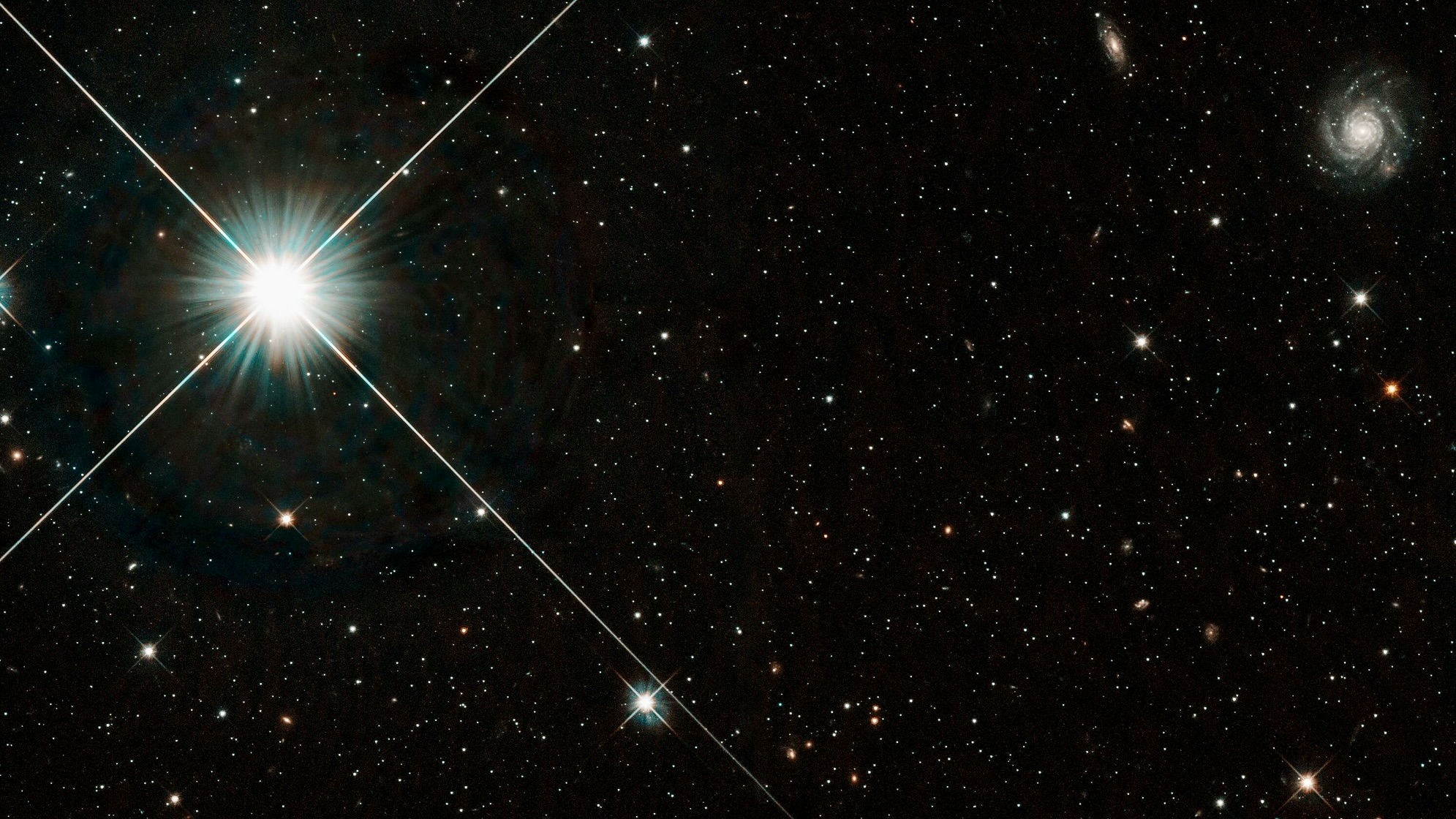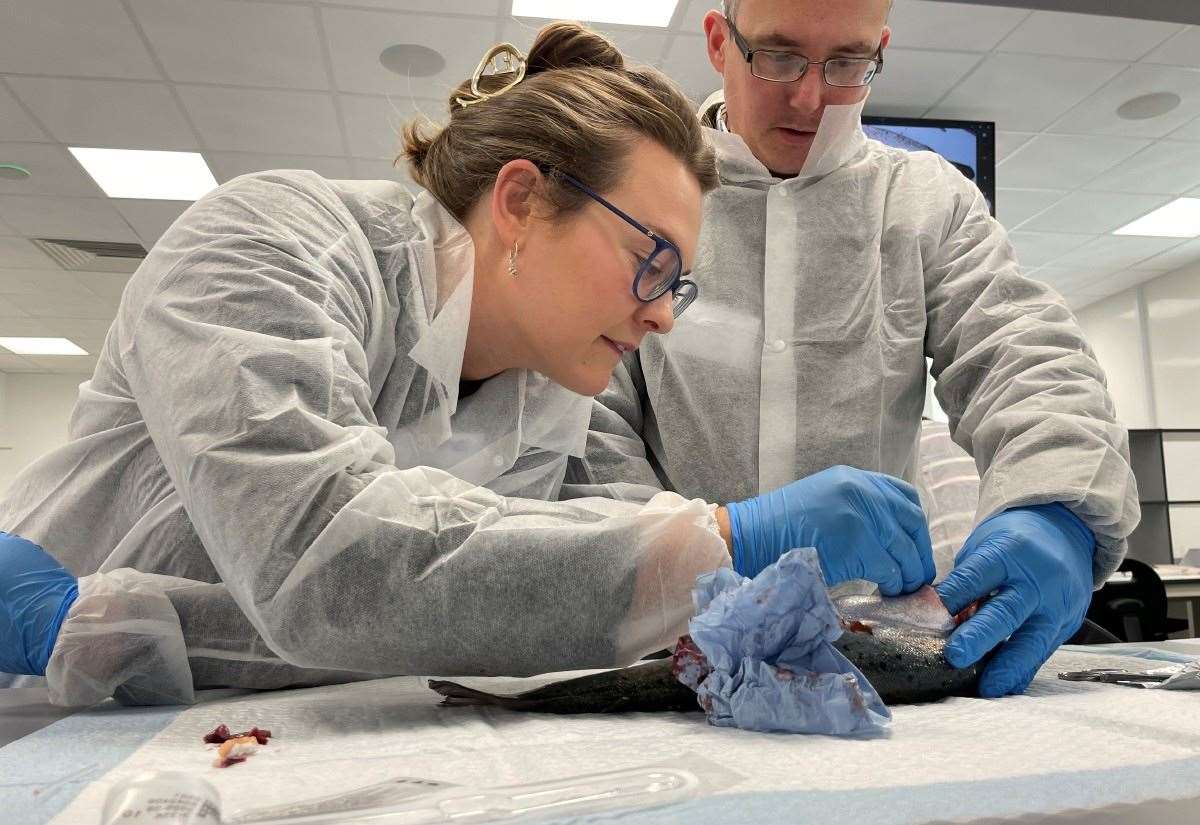An unusual object from interstellar space, designated 3I/ATLAS, is traversing our solar system, prompting swift action from leading space agencies. Discovered in July 2025 by the NASA-funded ATLAS telescope in Chile, this third-ever detected interstellar visitor is travelling at an astonishing speed of over 209,000 kilometres per hour. Scientists are baffled by its characteristics, which include an extraordinary ‘anti-tail’ and erratic motion, leading to an unprecedented global monitoring initiative.
While it may resemble a typical comet to the untrained eye, astronomers recognize that 3I/ATLAS defies conventional comet behavior. The object’s most striking feature is an anti-tail, a plume of dust that inexplicably points towards the Sun, contrary to the expected behavior of comet tails, which are pushed away by solar radiation. Its erratic trajectory raises further questions, as it is experiencing non-gravitational acceleration. This phenomenon suggests that forces other than the Sun’s gravity are influencing its course, a deviation that is unusually pronounced.
The nucleus of 3I/ATLAS measures approximately five kilometres in diameter, comparable to the size of Manhattan. The James Webb Space Telescope has also detected emissions of nickel without accompanying iron, a composition unprecedented in natural comets. These anomalies led Harvard’s Minor Planet Center to activate a global space safety protocol on October 21, 2025, mobilizing the International Asteroid Warning Network (IAWN). Observatories around the world have since focused their resources on monitoring the object.
NASA has reassured the public regarding safety, stating that 3I/ATLAS will not pass closer than 270 million kilometres from Earth. Nevertheless, the object has garnered significant political attention. U.S. Congresswoman Anna Paulina Luna has formally requested that NASA release all data related to 3I/ATLAS, emphasizing the importance of this information for advancing our understanding of interstellar visitors.
Astrophysicist Avi Loeb has raised intriguing possibilities regarding the object’s origin. He noted that the unusual nickel composition seen in 3I/ATLAS has historically only been associated with human manufacturing processes. “Its anomalies imply that we must consider a technological origin,” Loeb stated, highlighting the potential implications for humanity. He characterized 3I/ATLAS as a possible ‘black swan event,’ a rare occurrence with the potential to significantly impact civilization.
Despite ongoing investigations, NASA maintains that 3I/ATLAS is “most likely a natural comet.” The unique circumstances surrounding this object are being utilized as a real-world test for planetary defense, as reported by various scientific publications. This event promises to influence space research and our understanding of interstellar phenomena for years to come.
As scientists continue to unravel the mysteries of 3I/ATLAS, the collaboration between international space agencies exemplifies the global effort to comprehend and monitor interstellar objects. The developments surrounding 3I/ATLAS will undoubtedly capture the attention of both the scientific community and the public, highlighting humanity’s ongoing exploration of the cosmos.







